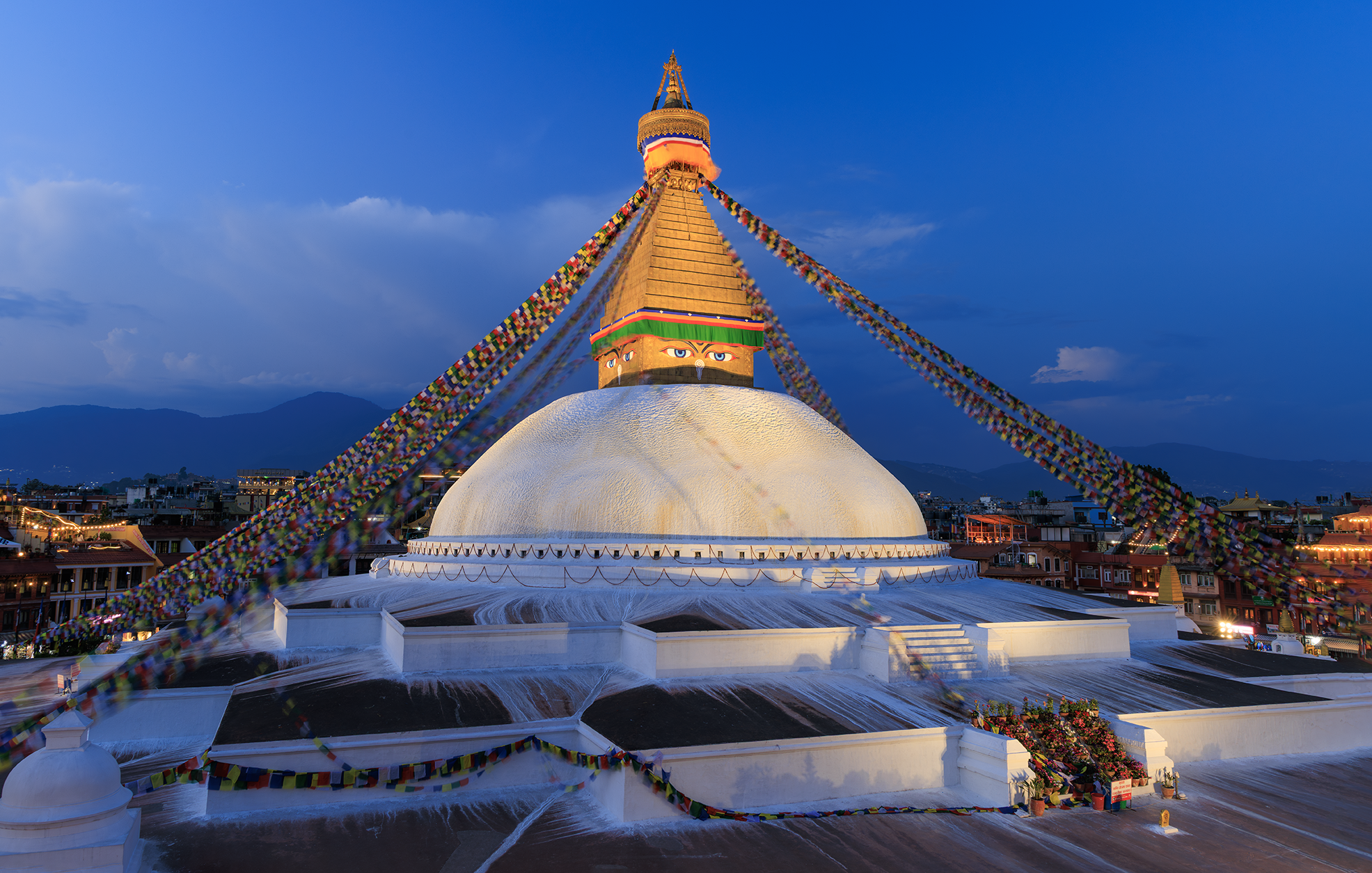
My journey began in the secluded village of Bhalche, nestled in the northern hills of Kathmandu, Nepal. Life in Bhalche was simple, yet extraordinary in a way that only those who have lived under the gaze of the Himalayas can truly comprehend. The mountains were more than just a backdrop to our daily lives-they were our guardians, shaping the rhythm of our existence and instilling in me a profound respect for the natural world. As a child, I was mesmerized by the raw beauty surrounding me. The towering peaks, whispering forests, and serene rivers spoke to me in ways I couldn’t fully understand at the time, but I felt an undeniable call to something greater. I spent countless hours exploring the hills near our village drawn to the vastness of the landscape and the mysteries it held. These early experiences planted the seeds of a lifelong passion for nature - a passion that would ultimately define my life.
As age of fifteen, my world expanded dramatically when I moved to Kathmandu and as I ventured deeper into the Himalayas, I began to notice the scars left by human negligence. Litter and waste marred the pristine beauty of the mountains, and it pained me to see the wilderness I loved treated with such disregard.
In 2004 political instability in Nepal forced me to leave my homeland and seek a new life in the United States. I settled in California, where the diverse landscapes- from the rugged coastline to the expansive deserts - offered a new kind of beauty to explore. It was here that I finally had the chance to pursue photography in earnest. With a camera in hand, I began capturing the world around me, using each frame to express my deep connection to the nature and the landscapes that had always called to me.
But my journey didn’t end with photography. The pull to give back to the country that I had given me so much grew stronger with each passing year. I turned my attention to improving education in remote villages in Nepal, working tirelessly to raise funds and built schools - three in total: an elementary school , a hight school, and a collage. These schools have become beacons of hope, providing children in remote areas with opportunities I could only have dreamed of as a child. Looking back I see my life as a journey that has taken me from the tranquil beauty of Bhalche to the bustling streets of Kathmandu and the vast, varied landscapes of California.
Throughout, I have held onto the passions that were born in those early years in the mountains- a love for nature and a commitment to capture and preserve the beauty of the world we live in. Through photography, I strive to inspire others to cherish and protect the beauty of our planet. My story is one of connection - connection to the land, to the people, and to the belief that with every step we take, we have the power to shape the work for better.
Earthquake In 2015, a 7.8 magnitude earthquake struck Nepal, devastating thousands of schools in remote areas. With countless children left without educational facilities, the local government constructed temporary classrooms using zinc metal sheets. However, these makeshift structures provided little protection against harsh winds, leaving students vulnerable to the cold and frequent illness.
Thanks to the support of family, friends, and the community, I was able to help rebuild an elementary school, a high school, and a college in different villages, providing safe and stable learning environments for the children.


